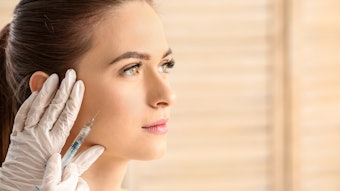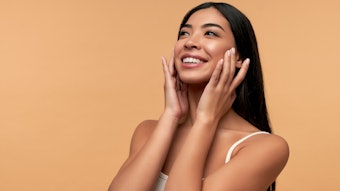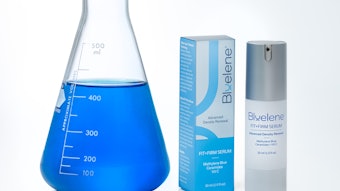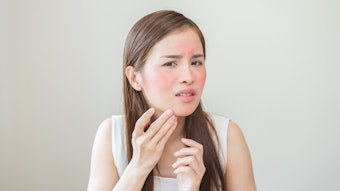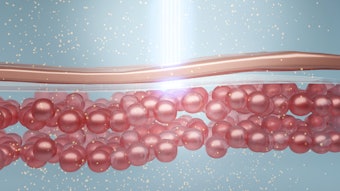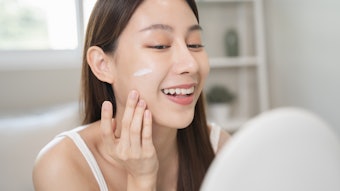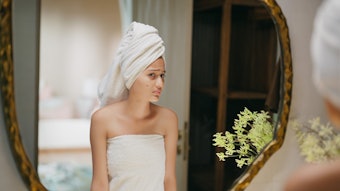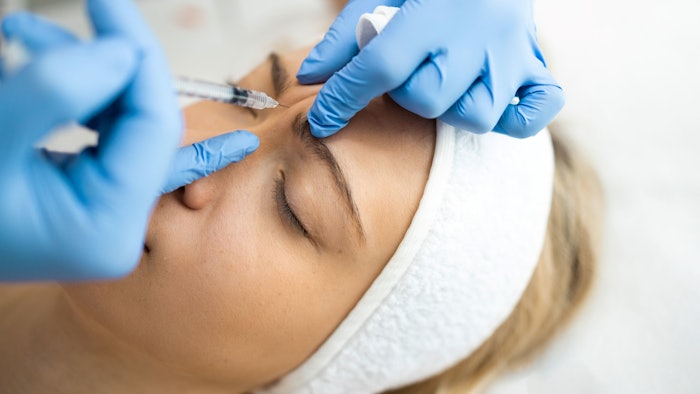
Recent findings from a comparative cohort study published in Plastic and Reconstructive Surgery (July 2024)1 revealed that climate can greatly affect the dosage requirements for the cosmetic use of Botox. Researchers reported, “Botulinum toxin A to the glabella is a popular cosmetic intervention. Functional musculature differences may arise from chronic behavioral adjustment to high sun exposure levels, requiring greater doses. This could affect clinical practice globally.” Their findings may change the way practitioners want to consider using Botox and how to adjust the dosage depending on the time of year and individual patient characteristics.
The study included 523 women, aged 35-60 years, who received glabellar botulinum toxin treatments between 2012 and 2019 from a single provider practicing in two different centers, one in the United Kingdom and the other in Malta. Researchers classified the UK center as low sun exposure (winter month treatment) and the Malta center as high sun exposure (summer months), with 292 "high-sun" patients and 231 "low-sun" patients in their corresponding locations, per the study. The participants attended follow-up visits every 3 weeks, receiving additional doses until the treatment achieved full clinical paralysis.
The findings revealed that the "high-sun" group required significantly higher total average doses (29.2 units versus 27.3 units; P = 0.0031) even when researches corrected for age in multivariable analysis (P = 0.00574). “Patients subject to less sun exposure require a lower dose than patients with high sun exposure, and this was present and persisted when controlling for potential confounders,” researchers wrote. “Although robustly demonstrated, the difference in doses seen here was small, and so may not directly impact at a health economic level, as the difference would not necessarily change the number of vials used. However, it may be of relevance to training and protocolization of treatments. Rigid protocols about doses and distributions may lead to undertreatment if applied in sunnier climates.”
In an interview with Medscape Medical News,2 Pooja Sodha, M.D., director of the Center for Laser and Cosmetic Dermatology at George Washington University, Washington, DC, commented "that the study highlights the importance of tailoring neuromodulator treatment to the individual patient based not just on gender but also on lifestyle and climate."
"The conclusion [of the study] is logical, but it’s encouraging that the data supports this. The potential confounders, such as injection technique (5 point vs 3 point), nonblinding of the evaluator, history of prior treatments, and variation in treatment effect by different botulinum toxin products may be important as well in how we consider this data in practice,” said Dr. Sodha.
References:
1. Borsky, Kim L. MBBS, MD1; Rodrigues, Jeremy N. MBA, PhD, FRCS1,2; Rodrigues, Raina MBA, PhD, FRCS3,4. The Effect of Climate on the Dose Requirements of Botulinum Toxin A in Cosmetic Interventions. Plastic and Reconstructive Surgery 154(1):p 57e-62e, July 2024. | DOI: 10.1097/PRS.0000000000010913
2. Climate May Influence Botulinum Toxin A Dosage in Cosmetic Procedures - Medscape - July 08, 2024.


